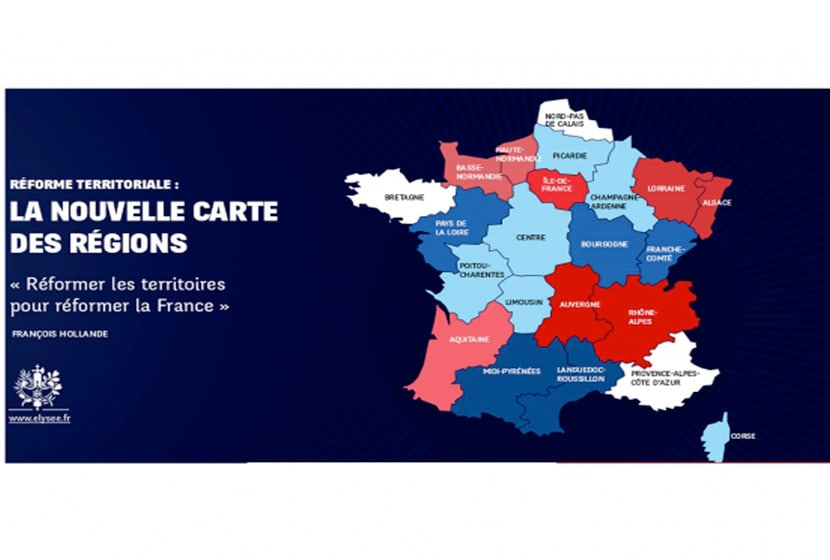After seven editions of the Innovation Week, Bretagne Développement Innovation proposes a new regional event to spread innovation in a different way, to create the desire to change things and to open up the field of possibilities!
Two days of conferences, round tables and workshops to disseminate the philosophy and methods of "Design thinking". (1)to exchange on good practices ("Master class - Ready to Innovate") and hear the testimony of leaders on their ways of innovating.
October 2nd and 3rdIn addition, conferences and participatory workshops will highlight Breton entrepreneurs and innovation actors. The event will address technologies, processes, changes in organisation or methods... all the levers that can contribute to the development of companies through innovation.
Among the new methods and approaches, business leaders will be able to (re)discover the contours and benefits of design thinking.
To talk about it, Bretagne Développement Innovation has invited Tim Hursona Canadian business leader and speaker, an international specialist in the mechanisms of thought dedicated to innovation. He will offer his vision of the strengths that SMEs have to innovate and will talk about his experience with numerous companies.
Tim Hurson gave us a sneak preview of his views on design thinking and gave us some insight into the subject of the talk he will be giving at the opening of the 360 Possibilities event.
Interview:
BDI: In your opinion, what is the strength of Design Thinking when it comes to accelerating the innovation process within the company?
Tim Hurson In my experience, this is its structuring aspect. Innovation is rarely the result of a sudden inspiration. Of course, you need a strong idea, but creativity (making ideas with potential emerge) and innovation (making them happen) can be learned and worked on!
The innovation process can be likened to running. You prepare for it by training with regularity and discipline, not by jumping around or waving your arms around in the hope of getting in shape. Some days you have to plan for sprints, other days you have to plan for long distances and climbs. Between these trainings, we work on resistance and stretch. You also need the right shoes and clothing, a diet, and learning how to stay hydrated. After three or four months like that, you're ready to start running.
In creativity and innovation, there are tools for more productive thinking, and different ways to measure success. There are also techniques for testing ideas, perfecting a concept, prototyping, or convincing colleagues, customers, investors and even family! Failure to follow any of these steps is tantamount to losing the race, or even abandoning it. The major advantage of the different versions of Design Thinking is that it offers a structured, step-by-step approach. It's not a ready-made formula, but rather a guide to help you think more creatively and productively - to generate more ideas, better ideas, more practical ideas, and to save time.
BDI: Design Thinking is used in large groups, but can this methodology be applied to SMEs?
Tim Hurson: I would even say that Design Thinking would, in a way, apply better and more simply to SMEs. Indeed, in large groups, even those with teams dedicated to innovation and many resources, there is often inertia. Their strengths - size, processes, financing methods - can be weaknesses as well. Group size complicates communication and reduces agility. The existing system can stifle ideas before they have had time to show their value. Also, funding criteria are based on feedback, not future potential.
SMEs, on the other hand, are often more agile and information flows better internally. The in-house culture is easier to maintain in SMEs and people are more involved. Of course, there is always the thorny issue of financing, but SME managers are closer to the ground than the financial managers of large groups; they see the projects to be financed on the spot and they are enthusiastic about them. So, yes, a structured approach to creativity and innovation is very relevant to SMEs. It is indeed this approach that transforms SMEs into BBs (Big Businesses).
BDI: What are the conditions to facilitate the implementation of Design Thinking in SMEs?
Tim Hurson : Imperative number one: the passionate commitment of the leaders, and I emphasize that. Creativity and innovation are wonderful, but they are also dangerous, disruptive and disruptive. There can be failure. Management must be willing to embrace a culture that allows for disruption, unanticipated internal reorganizations, and failure. Without this, the innovation agenda would come to nothing. Unless it is consciously and explicitly embedded in the culture of the company, creativity will necessarily be a threat. Every creative action is a destruction or a replacement, and you have to be willing to let go, and that's not always easy. This is why strong leadership is essential.
Condition number two: a process in place. Creativity is not about escaping discipline, but about applying creative discipline. It is not enough to have inspiration and a desire, you also have to know how to do it. This is where explicit approaches such as Design Thinking, Productive Thinking or Creativ problem solving (1) come into play. These approaches make it possible to generate, develop, test, redevelop and launch new products and services;
Finally, condition number three: courage. Nothing can replace courage. It's what keeps you going in the face of hardship and failure. It is courage that pushes you forward despite exhaustion. It is courage that enables you to overcome the many "no's" that stand in your way. He is the one who distinguishes between heroes and has-beens.
BDI: More generally, what message would you like to convey to 360 Possibilities?
Tim Hurson: My discourse will be built around the notion of "Possibilities". Innovation is an attitude open to possibilities. The impossible is rejected. Nothing is impossible for the innovator. Innovation is based on the premise that there is always a way to improve things. There is always a solution. The reason I'm in my field today is precisely because I love people who stop at nothing, for whom everything is possible. They are the ones who change the world.
About Tim Hurson
Tim Hurson has lectured in business schools in the United States, United Kingdom, Canada, Mexico, Chile, South Africa and Australia. His lectures focus on creative problem solving, strategic thinking, and innovation, and he has been a keynote speaker in more than 25 countries. He is the founder of ThinkX, a company providing services to major global corporations. He is the founder of Mindcamp, an annual creativity camp. He also founded Facilitators Without Borders, a non-profit organization that provides training in problem solving. He is the founding director of Africa IQ, whose mission is to contribute to the autonomy of Africa. His book on innovation, Think Better, is used in more than 100 business schools around the world. His new book, Never Be Closing, on ethical trade through creative problem-solving, was published in July 2014 by Penguin Portfolio.
About design thinking
Design thinking is a methodology for designing and, more broadly, for finding solutions. Its specificities are to focus on the needs of its target in terms of uses (what is desired), to question the relevance of the given problem (what is possible) and to prototype the solutions provided in order to verify their relevance and make them tangible (what is profitable). This technique can be used in many innovation situations and sectors of activity. Not to be confused with Object Design, "to design" simply means to conceive.
(1) Creative problem solving
Location : Halle Martenot in Rennes (35)












